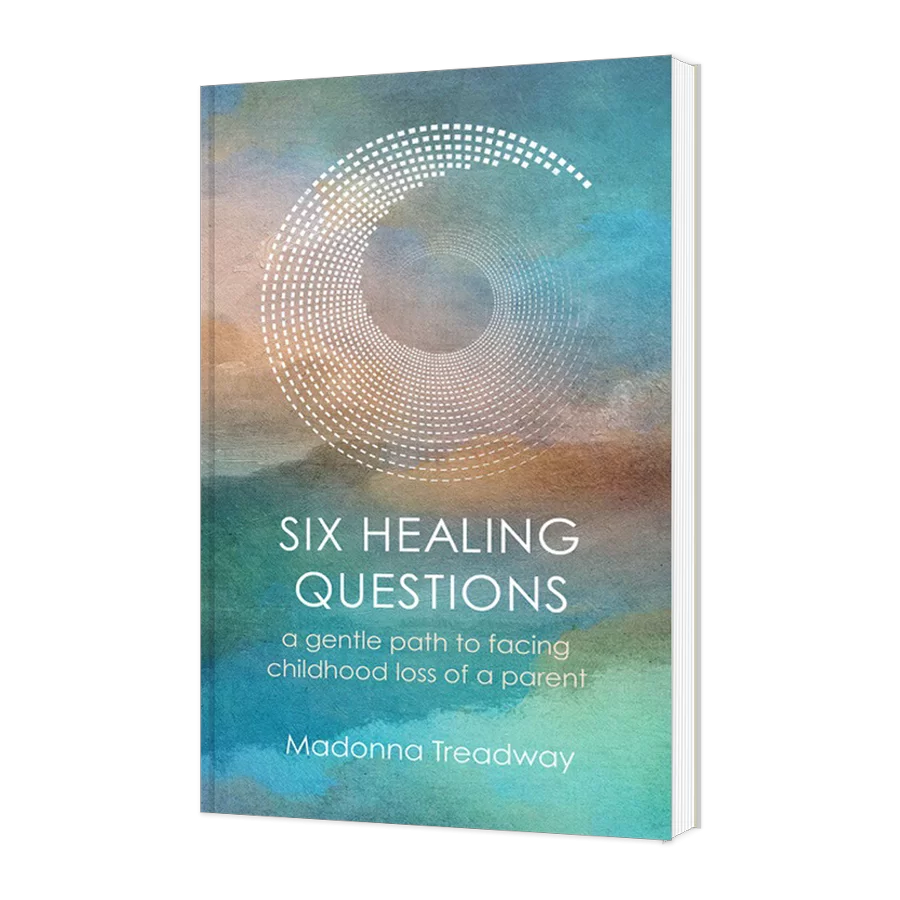When you come to that critical phase of the publishing process that is designing your book cover, your jumping off point is going to be proper conventions for your genre. Because nonfiction cover design conventions are much different than those of fiction books. But that doesn’t mean nonfiction book covers can’t be as creative and eye catching!
Below we share some important information about nonfiction cover design so you can feel confident that your book cover will be the best it can be.
What You Want Your Nonfiction Cover Design to Do
First and foremost your book cover needs to appeal to your target audience. Of course, you’ll still need to stick with design conventions for your genre or subgenre, but if you haven’t done the research on your target audience or really researched your comparable titles you could run into trouble.
The Title Needs to Say it All
At a glance, the subject of your nonfiction book should be clear—making your title and subtitle extra important.
Just as with fiction books, you want your cover to immediately grab a potential reader’s attention, and entice them to pick it up and look closer. But unlike fiction titles, your nonfiction title should basically sum up what the book is all about.
*The one exception to this is the memoir. They are treated much more like fiction books. Why? Well, a memoir isn’t fact exactly, nor is it fiction. We’ll admit, it’s an anomaly!*
Color Choices Play a Big Role
Also, color theory plays a very big role in the message and therefore success of your nonfiction book cover. If you want to learn a bit more about color theory and get an idea of what colors may work best for you, read this helpful blog.
Typeface and Fonts Send a Message Too
The typeface and fonts used for nonfiction books varies as well. You’ll also need to consider what your font choice will look like in a thumbnail image online. It needs to be clear and visible. The text itself is generally much larger and more prominent in nonfiction books as well, so you have some room to play.
But in general, more serious looking and modern typefaces (the type without embellishments and rounded or exaggerated flair) like sans-serif are used for nonfiction books. They can also be tweaked for subject and tone. But please, even if your book is humorous or playful—don’t ever use comic sans!
What’s Different About Nonfiction Cover Design VS Fiction?
As mentioned above, there are quite a few differences in fiction vs nonfiction cover design conventions. Some of the more important ones are listed below. Most nonfictions books:
- Use more text and less complex graphics
- Are more straightforward. There’s no time for abstract concepts and themes
- Have a title telling you what it is—kind of like an essay, unlike with fiction, which often just conveys a mood or theme
In other words, you’ll want your book cover design to be attention grabbing, but you don’t want so many elements involved that your reader is left trying to decode the message you’re trying to send!
You may have also noticed that many self-help books use muted, softer tones and soothing colors and more delicate typeface. Or, that business books use bolder colors and fonts. But self-help books can be bold too! It depends on the message. If you’re sending a loud message in your self help book, you may want to use some elements that are, well, a bit louder. Remember to take into consideration your audience, what do they expect. We are attracted to covers for a reason. Good covers that fit squarely in the genre tell us what to expect inside the book.
Comparable Titles Matter
Imagine your book on a shelf next to the three to five other books already on that shelf. What do those books look like? I bet they are all pretty similar. Just like fashion, we have trends in book design and your book needs to “fit” squarely in the genre. If a reader enjoyed the other five books on the shelf, they are more likely to buy your book too. Looking the part is important when it comes to book design—so do your research and know what your audience expects to see.
Why It’s Important to Get the Details Right
Because there are so many categories of nonfiction, just as there are genres for fiction, it’s not always a one size fits all approach.
A self help book is likely going to look a lot different from a business book. Just as a motivational book will be different than a manual, or a history book.
Your nonfiction cover design will ultimately be customized for your message and created to catch the eye of your target audience.
An Applicable Example
Let’s say you have a great business book, meant to target entrepreneurs who are building their leadership skills. It’s tone is very direct, yet positive. Now imagine what colors, typeface and fonts you might use.
Suppose this book was also directed toward young women. Do you think you may decide on slightly different colors and typeface? Designers stay on top of trends so they know what the audience is expecting. It’s all about those subtle differences, even while staying within the conventions of the genre.
Some Nonfiction Examples



Because many of our clients are nonfiction authors, we’ve had the experience of designing several genres of nonfiction book covers. We do a lot of memoirs, which as we mentioned, are not fiction, but are treated more like fiction. And as different as these authors and their books are, even within the same genres, we manage to find the perfect cover design for THEM. Because that’s what we do!
If you find yourself needing some help with your book, get in touch for a consultation. We’ve got you covered! *Pun intended*


Recent Comments